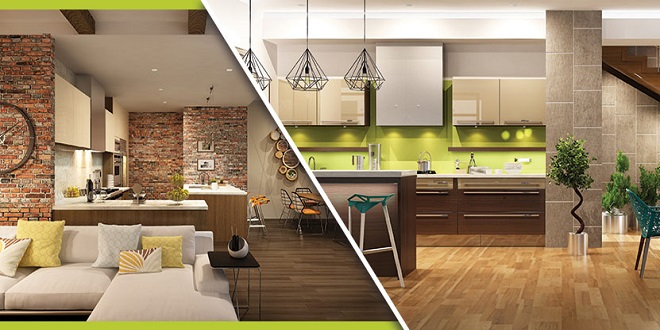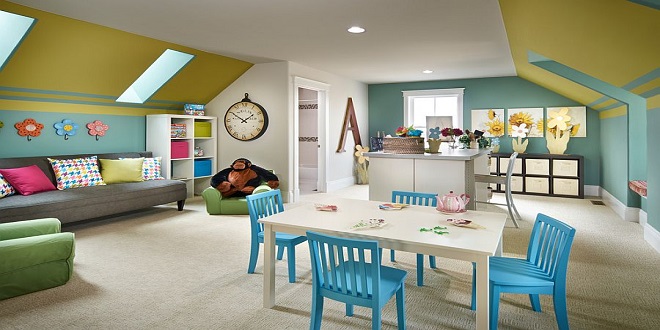3D rendering Design

3D rendering allows you to capture 3D scene information using a computer. This can be used to create photo-realistic images that can be used in multiple scenarios. 3D rendering is becoming a more popular tool for event planners and marketers.
This article will discuss the process for 3D rendering. It will help you gain a better understanding about 3D rendering and how it can benefit your business.
Understanding the Client’s vision
Understanding the project’s purpose and vision is the first step in 3D rendering. To better understand their clients’ needs and goals, many 3D rendering companies will meet with them to listen.
Analyze the Project and Design it.
The second step involves analyzing and designing the project. The 3D render artist will work closely with the client to identify which aspects and which perspectives should be highlighted. The camera angle will be determined by the chosen features of the project. This ensures that the client’s goals are met.
An example is when an event planner wants to know how many tables they can fit in an event space. A 3D render artist will most likely decide that a view from above of the event space will be the best angle for their client.
3D modeling
The 3D renderer will then use computer-assisted technology to create a 3D model. To create a digital outline of the project, the use of geometric shapes is used. This is known as a “sketch” because the 3D model can easily be modified to meet the client’s requirements.
Materials and Texturing
After the 3D modeling “sketch” has been completed, the 3D renderer can add texture and materials to create a photorealistic picture. This involves adding images to the 3D model in order to make it look as real as possible. It is similar to how you would glue photos to a collage or paint a picture. This step can be used to give the material a glossy or matte finish, or to add texture or color to the model.
Lighting
To create a hyper-realistic model, lighting, reflections, angles, shadows, and angles are all added. A 3D render artist uses lighting to create the desired atmosphere or look for the model, just as a photographer uses lighting to achieve a desired effect. To create a seamless look, creativity and research are required.
3D Rendering
This step can be time-consuming depending on the complexity of the project and the desired quality. It could take several days or even several hours. The 3D render is created using multiple techniques and computer software.
Refining
The client’s suggestions and feedback will be taken into consideration when finalizing the 3D render. The final 3D render should be tailored to the client’s requirements, so that they can achieve their expectations and goals. After the feedback is received, the artist will add the final touches and details to the 3D rendering. This is where the final project is refined and high-end details are added to make it a masterpiece.
Final Deliver
After all final details have been finalized, the 3D artist will give the final project to client. The client will receive the 2D images in the preferred format. Based on the client’s needs, the image file type will vary depending on whether it is for print or web.
Conclusion
It is clear that 3D rendering can be expensive. Depending on how detailed the content is, the amount of work required to produce 30 seconds of content can take up to a month to complete. This article is a great place to start, whether you’re an artist trying to improve your skills, a business owner looking for promotional materials, or simply curious about the process.
